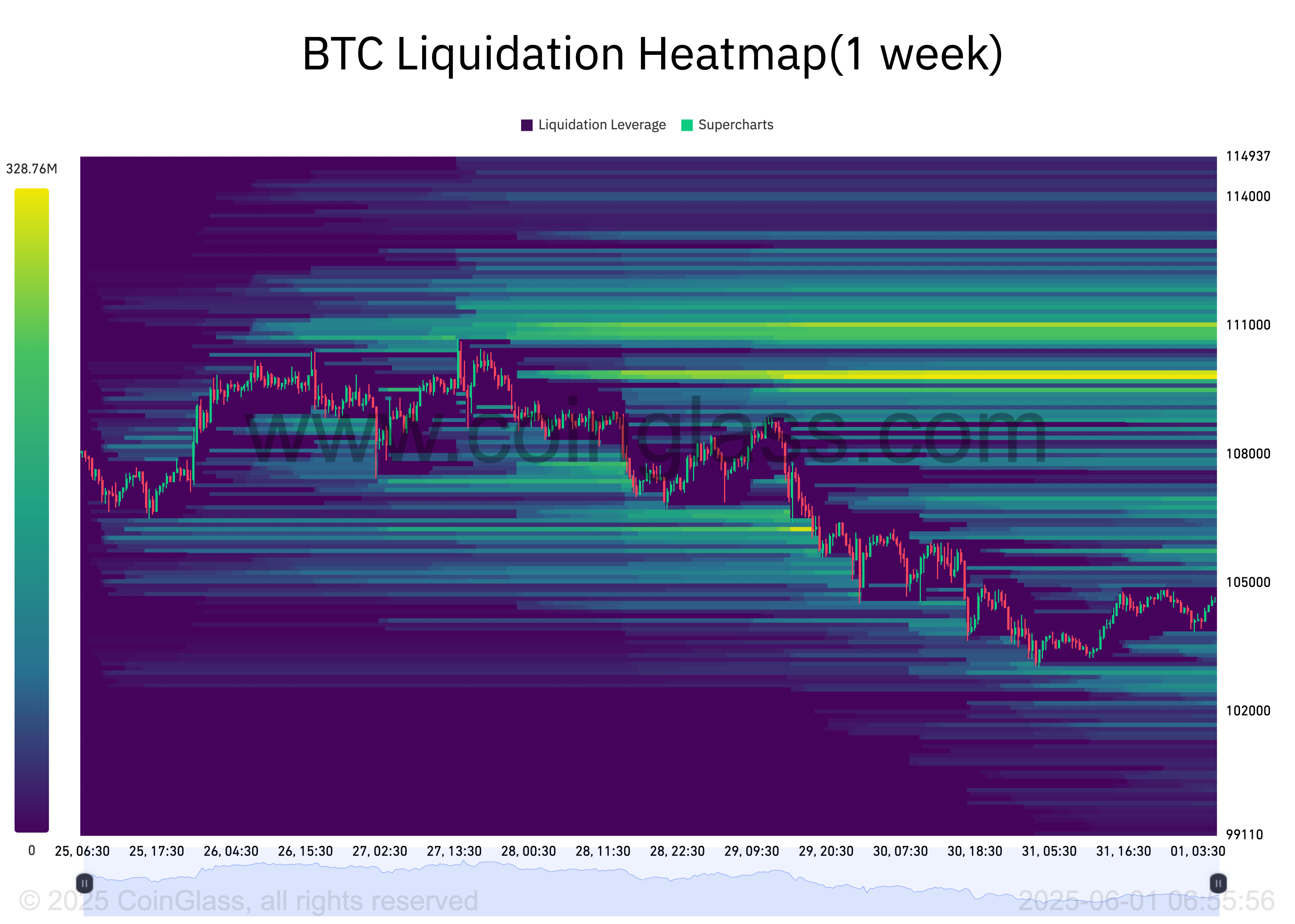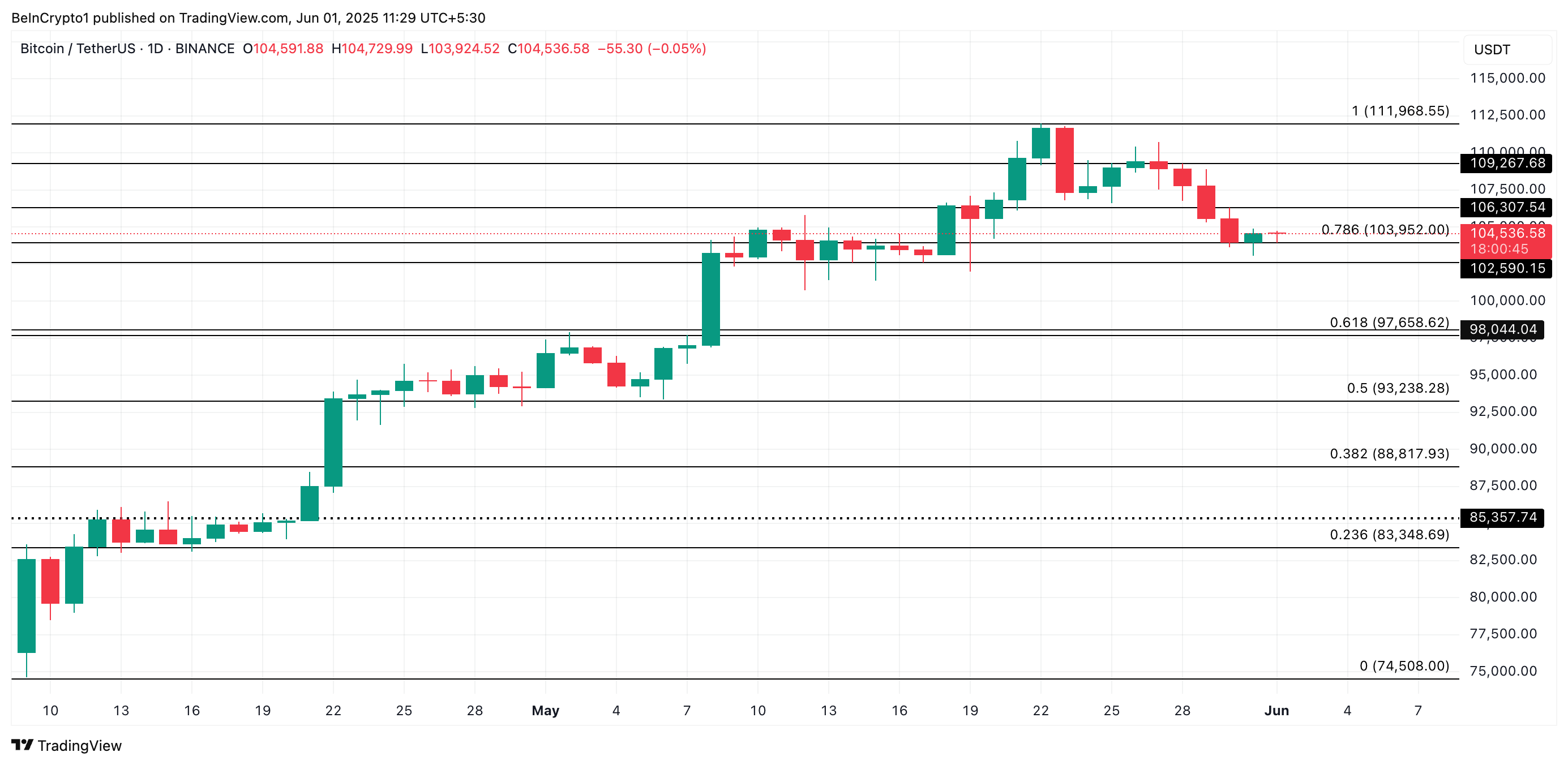A senior official from Russia’s Finance Ministry has called for the development of stablecoins linked to foreign currencies after wallets connected to Russian users and holding USDT were frozen last month.
The move comes as US-backed stablecoins dominate global liquidity and Washington moves closer to introducing new regulations for the sector.
Russia Might Enter the Stablecoin Market
The ongoing pro-regulatory shift is drawing in new projects targeting the US market. Russia, facing growing financial restrictions, sees a digital alternative as increasingly necessary.
For Russia, this would be the perfect time to enter the stablecoin competition. Due to the US’ ongoing tariffs and worsening trade relations with China, the USD faces global pressure. Heavily tariffed countries are already considering de-dollarization.
A ruble-backed token could reduce the region’s reliance on USDT and USDC, which both track the US dollar. Such a shift would support Russia’s long-term effort to move away from dollar-based trade.
Elvira Nabiullina, head of Russia’s central bank, remains against using crypto for domestic payments. However, she confirmed that several Russian firms are testing international crypto transfers as part of a government-led trial.
Russia has explored stablecoin initiatives before. In 2023, its central bank reportedly discussed a gold-backed digital currency with Iran, intended for cross-border use and positioned as an alternative to the dollar.
As BeInCrypto previously reported, Russian businesses are already using Bitcoin and other cryptocurrencies for international transactions.
The urgency of Russia’s stablecoin push increased after Tether blocked wallets on the Garantex exchange, freezing assets worth more than 2.5 billion rubles ($30 million). The incident occurred shortly after Garantex was hit with European Union sanctions.
At the same time, Kyrgyzstan is making moves of its own. The country has announced plans to build a crypto hub, supported by Binance founder Changpeng Zhao.
A central part of the initiative is A7A5, a stablecoin tied to the ruble that aims to serve emerging markets.
The post Russia to Consider Ruble-Pegged Stablecoin to Challenge US Dollar Dominance appeared first on BeInCrypto.










 On this Independence Day, we’re making history.
On this Independence Day, we’re making history.

 …
…